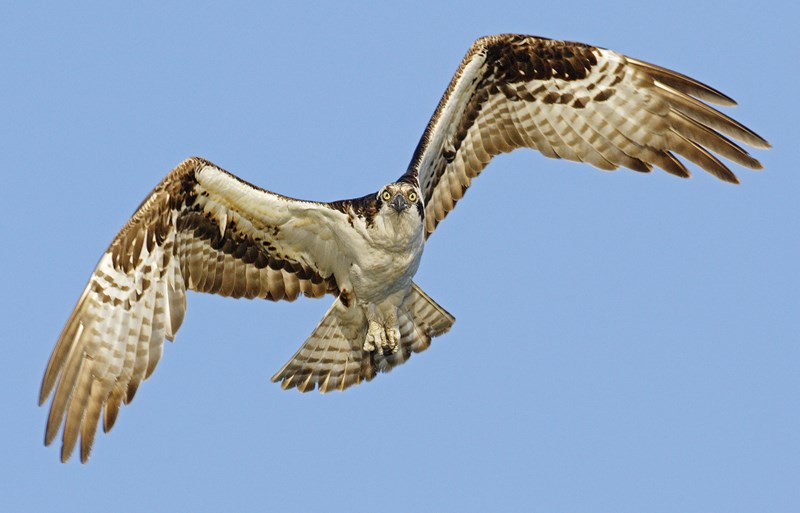It somehow doesn’t seem right to be talking about fall bird migration now, but there really are some early signs of it happening.
One good example is the Rufous hummingbird, which left the North Shore weeks ago. There may still be a few late leavers, but most of these amazing feathered wonders have headed back to their Mexican wintering grounds. The local hummer we see now (resident) is called Anna’s hummingbird.
The question I sometimes get asked is: Do we get Allen’s hummingbird in B.C? The answer is no. It is common in Southern California with sightings northward to Oregon. That does not mean that one could not show up here. Both Xanthus and broad-tailed hummingbirds have been recorded in B.C., well out of their normal ranges. If you see what you think is a rarity (like a ruby throated Hummingbird), document it thoroughly with original field notes, description and photos or video.
Shorebirds, or waders, like the greater yellowlegs, have begun showing up locally at the Conservation Area at Maplewood Flats. This wader is true to its name – it really does have yellow legs. It is always fun to check out the yellowlegs carefully since we get two species here, greater and lesser. If the two are side by side, which can happen, then size can help, otherwise look at bill shape. The greater’s bill is slightly curved upward, whereas the lesser’s is straight. Their calls are different too.
The Lower Mainland is a major migration route for waders, coming from their breeding grounds in the far north (Alaska, for example), to wintering areas in South America. Mudflats, like Maplewood’s, are important resting and feeding habitats for these waders. Species to be looked for include least, pectoral, western, semi-palmated and stilt sandpipers as well as the semi-palmated and black bellied plover.
The killdeer is a resident plover in our area. A few shorebirds, like dunlin, long-billed dowitchers and greater yellowlegs, are to be looked for in winter at Maplewood.
Raptors, like the peregrine falcon, follow other migrating raptors, so watch for them either perusing shorebirds (like yellowlegs) or sitting on a dolphin.
Purple martins, which breed at the sanctuary, gather in flocks to feed on flying insects (like dragonflies), which are also food for swallows. Swifts and nighthawks are a sure sign of change.
Many small birds, like warblers, vireos, tanagers, and black-headed grosbeaks have finished breeding and now fledglings are growing up quickly, and are getting ready to migrate to neo- tropical wintering grounds from Mexico to South America. Most birds have stopped singing but some, like the red-eyed vireo, keep charming birders with their lovely voice until one day they will be gone.
A birder’s dream is to experience fallout – when weather conditions keep migrating birds marking time (so to speak). In a fallout there are mixed species of warblers, vireos and flycatchers, and they seem to be dripping from the trees.
A great spot at the Conservation Area at Maplewood Flats to get acquainted with some of the sanctuary’s birds, and to get close-up views, is the new feeding station in the compound near the office. Here you can watch for house finch, purple finch, American goldfinch, Anna’s hummingbird, downy and hairy woodpeckers and more.
A good pair of binoculars is a must to really enjoy birds close-up along with an up-to-date field guide. It is a good idea to visit a North Shore wild bird shop for good birding advice – you will be glad you did.
Maplewood’s Swainson’s thrushes will soon be leaving for their long journey to South America, and colourful dragonflies and fall flowers can soon be seen as late summer continues at Maplewood. Enjoy nature in all her beauty.
Keep safe.
Al Grass is a naturalist with Wild Bird Trust of British Columbia, which offers free walks at The Conservation Area at Maplewood Flats on the second Saturday of every month. Meet at WBT’s site office, 2645 Dollarton Hwy., North Vancouver. Walks go rain or shine. wildbirdtrust.org



